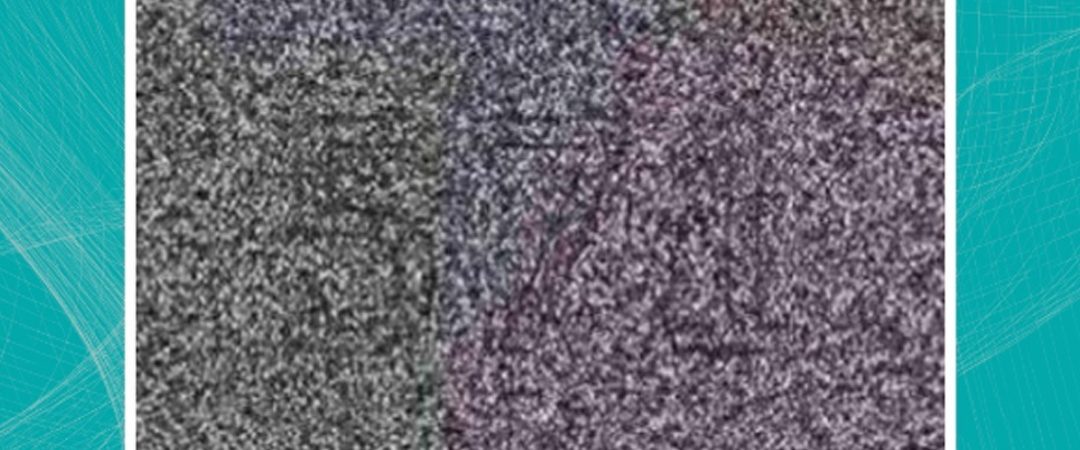Light and shadow play a huge role. The way light hits the number shapes can distort clarity, leading our brains to see different things based on how light and dark areas interact. Even the environment you’re in—like the lighting around you—can influence what you perceive.
Cognitive bias also affects how we interpret images. Our brains are hardwired to make quick decisions based on patterns, even if they’re misleading. This is why two people can look at the same optical illusion and come away with different interpretations. Factors like personal experience and even age can shape how we process what we see.
Optical illusions give us a window into the psychology of perception. They show how our brains work to make sense of ambiguous information, and sometimes, those efforts result in wildly different interpretations. These illusions aren’t just fun—they’re valuable tools for scientists studying how we perceive the world and how our brains interpret visual data.
In the end, optical illusions remind us that seeing isn’t always believing. Next time you face one, remember that what you see might not be what someone else sees—and that’s what makes these visual tricks so endlessly intriguing.
